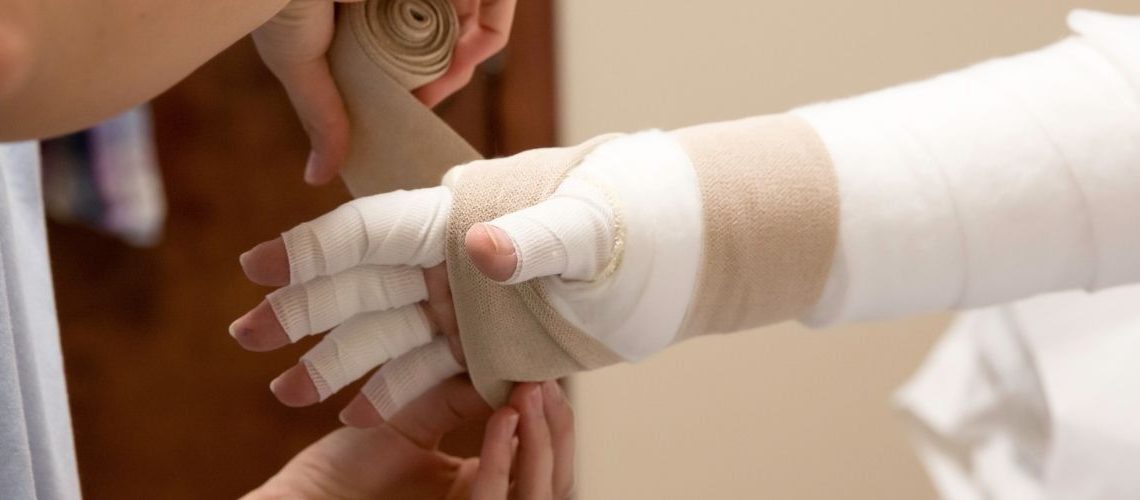What is Lymphedema?
The lymphatic system is responsible for distributing and removing excess fluid in the body. Lymphedema is the abnormal buildup of bodily fluid that causes tissue swelling, mostly in the arms and legs. It is typically caused by damage to the body’s lymphatic system resulting from treatment for cancer, which often includes lymph node removal and radiation therapy, both of which can lead to damage and cause a back up of fluid in the areas of the body where the treatment was done. Lymphedema can also be hereditary.
Lymphedema can be a debilitating condition and may result in limited movement, joint pain, and difficulty in performing activities. Physical therapists, who are experts in restoring and improving human motion, play an important role not only in treating the effects of lymphedema but also in risk reduction.
Who is at Risk for Lymphedema?
Anyone who has had lymph nodes removed for cancer treatment and/or had radiation therapy is at risk. Or, any person who has a hereditary condition of which lymphedema is a possible side effect.
If identified at the very first signs, lymphedema can be effectively treated. Otherwise, it can progress to a much more advanced swelling that may cause any number of adverse conditions (limited movement, joint pain, etc.).
Risk Factors
- Being overweight or gaining weight during or after cancer treatmentHaving lymph nodes removed
- Having radiation therapy
- Having an infection or blood clot in the limb affected by cancer treatment
- Having a hereditary condition of which lymphedema is a known possible side effect
Warning Signs
- Aching or heaviness in the limb that was affected by cancer treatment
- A feeling of fullness or tightness in the limb affected by cancer treatment
- Visible swelling that affects the limb affected by cancer treatment
How a Physical Therapist Can Help
Some risk factors, such as the necessary treatment for cancer, cannot be changed. However, there are many that can be controlled. Maintaining a healthy body weight, maintaining good skin care and hygiene, and avoiding infections from cuts, burns, or skin wounds are all steps you can take to protect your limb. Exercising sensibly and avoiding unnecessary strain to the limb can also help to reduce the risk of developing lymphedema.
A physical therapist can create an exercise program and monitor its effect on your limb. This includes measurements for any early changes associated with lymphedema. If these changes are seen, the physical therapist can provide conservative, early intervention that can prevent the condition from progressing.
Rehabilitation
If you have lymphedema, a physical therapist is an important part of your medical team to provide a plan that may include decongestive therapy and ongoing education for limb care, including recommendations for compression garments and further preventive measures.
The plan will also include ways to improve your mobility and function to maximize your abilities. The main focus is to help you return to your highest level of activity.
After rehabilitation, people with lymphedema benefit from periodic assessments by a physical therapist to monitor their limb volume, update their exercise program, obtain new compression garments, help prevent further problems, and promote the healthiest possible lifestyle.
Research
Much of the current research in the field of lymphedema risk reduction and management is being led by physical therapists. Physical therapists have discovered many innovative new treatments for early detection and treatment of lymphedema and continue to make progress in research on methods for treatment.




